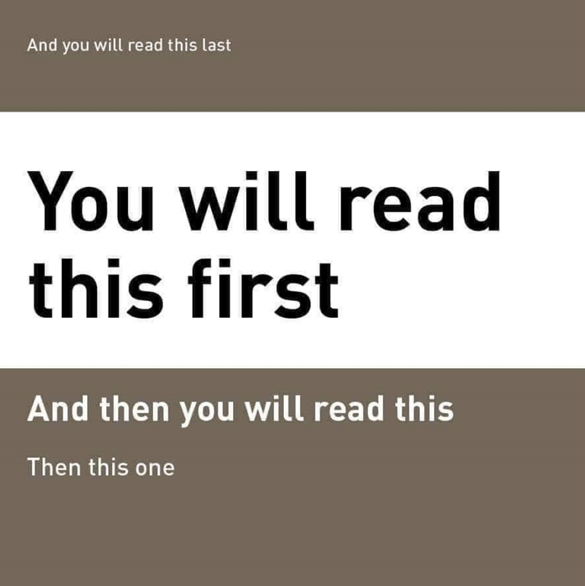How to understand which information to communicate, in which position and in which space? Our answer is: let’s ask the people.
Leader in Italy in the pharmaceutical sector, the name of Unifarco is inextricably linked to the brand of Preparatory Pharmacists, but also to the Unifarco Biomedical and Dolomia brands. Its DNA is made up of R&D activities (4% of annual turnover is invested in research activities) which lead this company to be in constant dialogue with its customers, but also with industry stakeholders, such as doctors, universities and research centers. This leads it to always offer cutting-edge products.
Nothing more similar to what we have always said: to be successful on the market and survive as a company, the only way is to listen to people: end customers, intermediaries, opinion leaders, partners… anyone who has to do with your products , can bring value by providing you with insightful ideas on how to improve them.
For this common vision of purpose, we have been collaborating for years with Unifarco, which contacts us for our research activities.
In this case, our project for Unifarco was born from a request: to improve the labels of some lines of cosmetics so that people, looking at them, could obtain the information that was important to them, but, at the same time, also detect those that Unifarco considered differentiating .
To meet this objective, we carried out a study consisting of two consecutive phases:
- a shelf usability test (qualitative) with 16 participants
- a (quantitative) survey conducted with social sampling and which collected over 250 spontaneous responses
These activities have allowed us to provide Unifarco with detailed indications on how to design the labels of their products.
Evaluate the labels thanks to an experience test with physical products
The first phase was held face-to-face, at our headquarters. We involved each of the 16 participants in a somewhat peculiar shelf experience: wearing eye movement tracking glasses, they could observe the different products of the cosmetic lines, commenting aloud what struck them, for better or for worse.
We first showed them one version of products with a label that presented a specific information order and then the second version, which presented the information in a different order. To ensure the absence of cognitive bias, we randomized the order in which the two versions were presented.
At the end of the experience we interviewed each participant to obtain some additional information regarding their perception of the products.
This structured activity allowed us to understand which label variant was more effective, but also how to integrate the positive sides of the rejected one into the “winning” one. We also understood what drives people to search for information, i.e. the function of the cream and who it is suitable for.

The quantitative validation of the best label
Once the insights from phase 1 had been identified, we created a label that met all the success criteria identified. We therefore involved over 250 people in a questionnaire launched in social sampling (through social networks) proposing them a comparison between this new version and the second version.
In conclusion, it can therefore be said that by designing a label for Unifarco cosmetics, with and for people, we have created an improved version that will respond to the real needs of potential buyers.